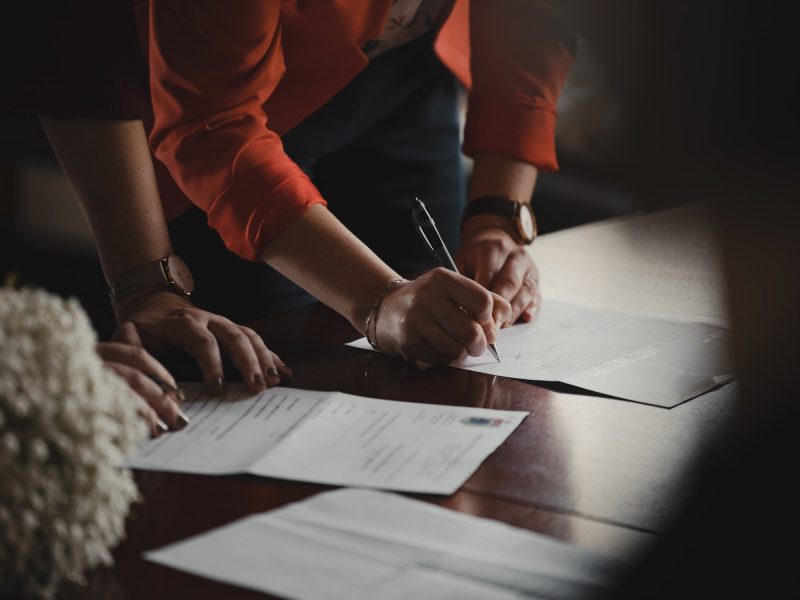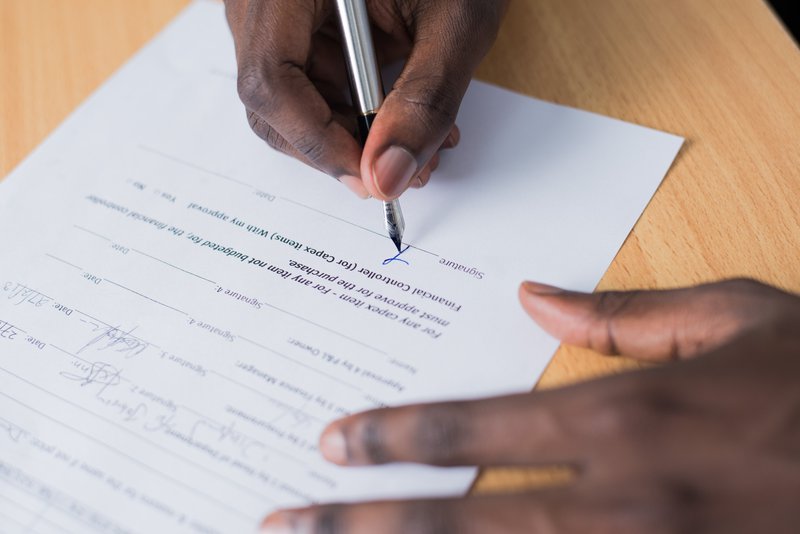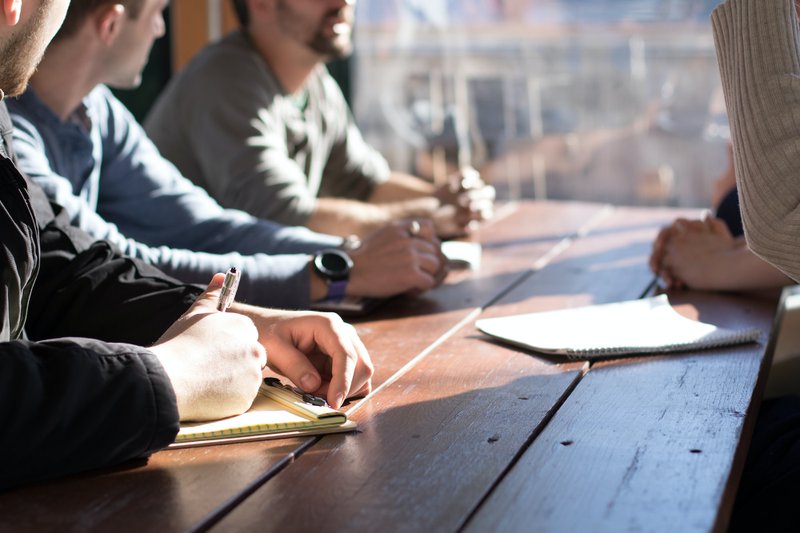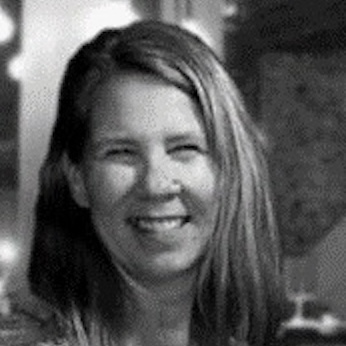
September 6, 2023
Should You Patent Your Software?
You have a brilliant idea for a new mobile app. It checks the boxes outlined in our 8 Things Your Mobile App Needs To Be Successful article, and you’ve carefully considered what innovations to incorporate to make it more appealing to today’s users. You’re ready to float your idea among some of your target audience members to see if it’s as good as you think it is.
But wait.
What’s to prevent one of them from taking your idea and developing it as their own?
Before you put your idea in any public domain, you may want to consider taking some steps to protect it.
Why Protect an Idea?
Your great idea could be a free-for-all once you reveal it to anyone. Even if they make minor modifications in its development, it could dilute the unique value you believe your mobile app idea has.
The dilemma is that you need to conduct some audience research to gauge if it’s worth your effort and money to develop, and after development, you need user testing before making it widely available.
Two possible options available to you to protect your mobile app idea are Non-Disclosure Agreements and Patents.


Non-Disclosure Agreements
Commonly referred to as NDAs, these agreements are common in any business setting. It is an agreement – a contract – in which other parties agree to not disclose information which you must necessarily share with them as part of doing business. Of course, a dishonest person could still share the confidential information, but since a properly written and executed, or signed, NDA is a contract, you may have legal recourse.
If you are working with outside developers, designers or any other vendors to help with your app, they should all be signing NDAs that obligate them to assign to you any IP (intellectual property) rights obtained as a result of their work on your app. For added protection, it’s wise to have an attorney draft your NDA. The one-time cost will be a wise investment.
Also, make it very clear what is being provided under the NDA (e.g., mark the information as “confidential”) so that it is clear what information you consider to be confidential and proprietary. Ask for the return of your confidential information once work is completed.
Patents
The World Intellectual Property Organization (WIPO) defines a utility patent as “an exclusive right granted for an invention, which is a product or a process that provides, in general, a new way of doing something, or offers a new technical solution to a problem.”[1] Before beginning the patent process, do an online search to ensure your idea is unique.[2] If granted, the utility patent acknowledges you as the creator of your mobile app and grants you exclusive rights to its use, production and distribution – for a specified period. In the U.S., utility patent protection generally lasts 20 years from the application filing date.[3]
It’s important to note that a utility patent cannot be granted on a conceptual idea or theory.[4]
“Patent applications should be directed to technical features; patent applications directed to a business concept may only be patented to the extent that they incorporate patentable technical features,” explains Michael P. Dunnam, a patent attorney with Culhane Meadows PLLC. “To obtain a utility patent, you must describe the technical aspects of your app with drawings and illustrations that demonstrate a particular practical application of the technical features of your idea in a tangible embodiment that would not be considered abstract. For example, software running on a processor so as to improve the efficiency of the processor’s execution is one such tangible embodiment.”
In short, Dunnam says, apps are difficult to patent, so it’s important to invest in an experienced patent attorney to help you lay out the technical ideas and features of your app in a manner that will satisfy the patent qualification requirements of the United States Patent and Trademark Office (USPTO). They can also assist you in the interaction with the USPTO that occurs during examination of your patent application.
And remember, even if someone has or had the same idea as you, U.S. patent law awards whomever files first.


Other Available Protections
It’s possible other qualities of your app, such as the software used to run it, will also qualify for trade secret or copyright protections. Your interface design may qualify for a design patent, and you may benefit from registering trademarks for your logo or tagline through the USPTO.
Obtaining a patent can cost tens of thousands of dollars, while trademark, copyright, trade secret, and design patent protections are relatively inexpensive. Many times, a trade secret with your logo and brand trademarked can provide adequate protection for your IP. In fact, Coca Cola and WD-40 recipes are protected only by trade secrets. However, each of these protections has different requirements. Assistance from an experienced IP attorney is highly recommended.
Moving Beyond the Idea Stage
Of course, not everyone with stellar, marketable ideas has the experience – or desire – to execute on them. If your strengths lie more in ideation than technical creation, you need an experienced development team to help you see it through. Whether it’s for a mobile app or software customized out of your unique idea, the team at Flint Hills Group has experience in getting the great ideas out of our clients and into development. We take our NDA obligations seriously as we help our customers move from beyond the abstract idea stage to a marketable product so you can then decide which legal protections make sense for you.
References
[1] https://www.wipo.int/patents/en/#:~:text=A%20patent%20is%20an%20exclusive,technical%20solution%20to%20a%20problem.
[2] https://www.uspto.gov/patents/search
[3] https://www.wipo.int/patents/en/faq_patents.html
[4] https://www.uspto.gov/patents/basics/essentials#questions


Karen S Johnson
Technology Enthusiast
Karen S. Johnson is a freelance writer, public relations consultant and technology enthusiast who traded farm life in North Dakota for a smaller-scale farm outside of Waco, Texas. When not writing articles and crafting messaging strategies for technology clients, Karen can usually be found jumping her horses around her 20-acre farm or watching the spectacular sunsets with her husband, dogs and cats.
Karen S. Johnson
Technology Enthusiast
Karen S. Johnson is a freelance writer, public relations consultant and technology enthusiast who traded farm life in North Dakota for a smaller-scale farm outside of Waco, Texas. When not writing articles and crafting messaging strategies for technology clients, Karen can usually be found jumping her horses around her 20-acre farm or watching the spectacular sunsets with her husband, dogs and cats.



